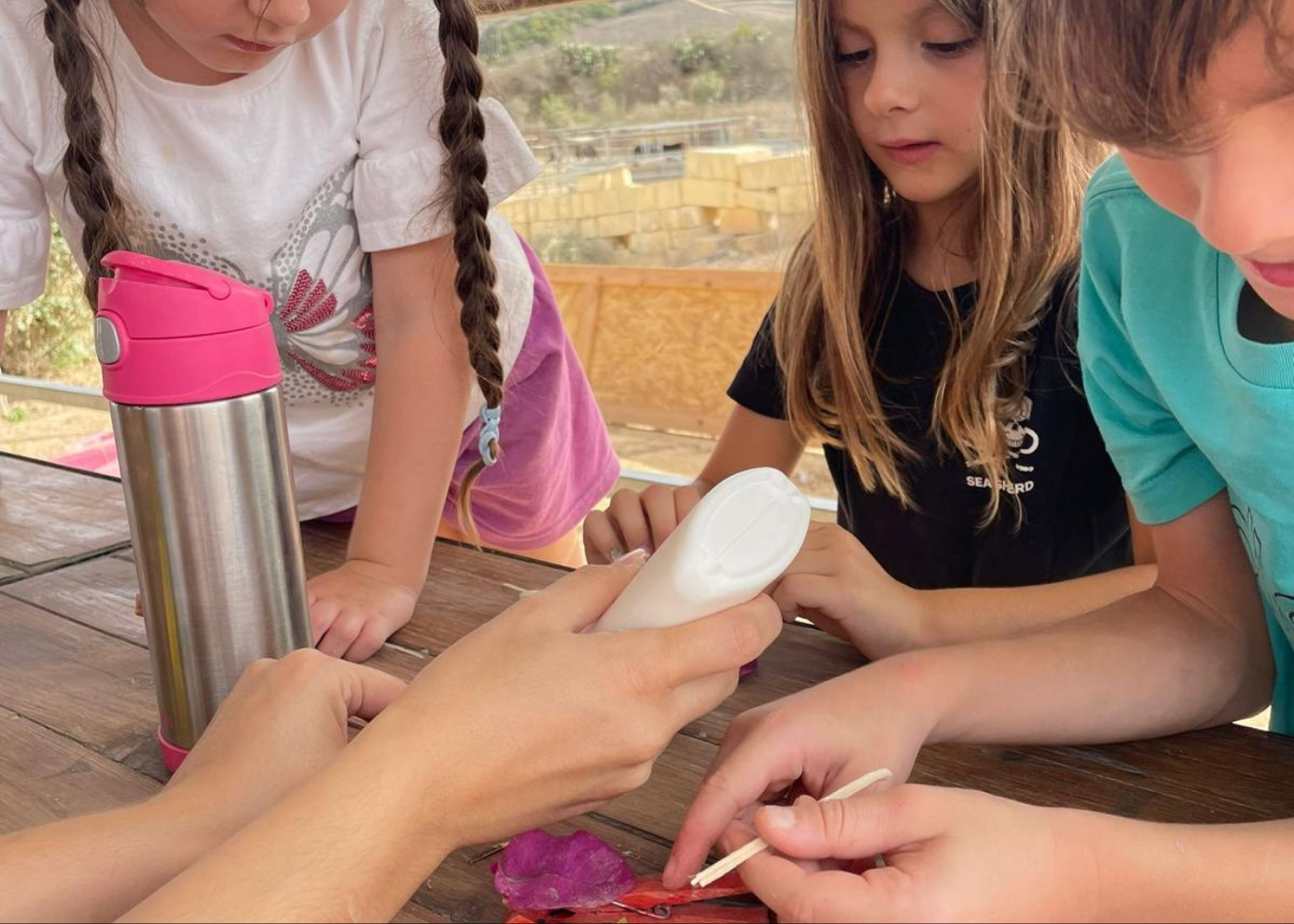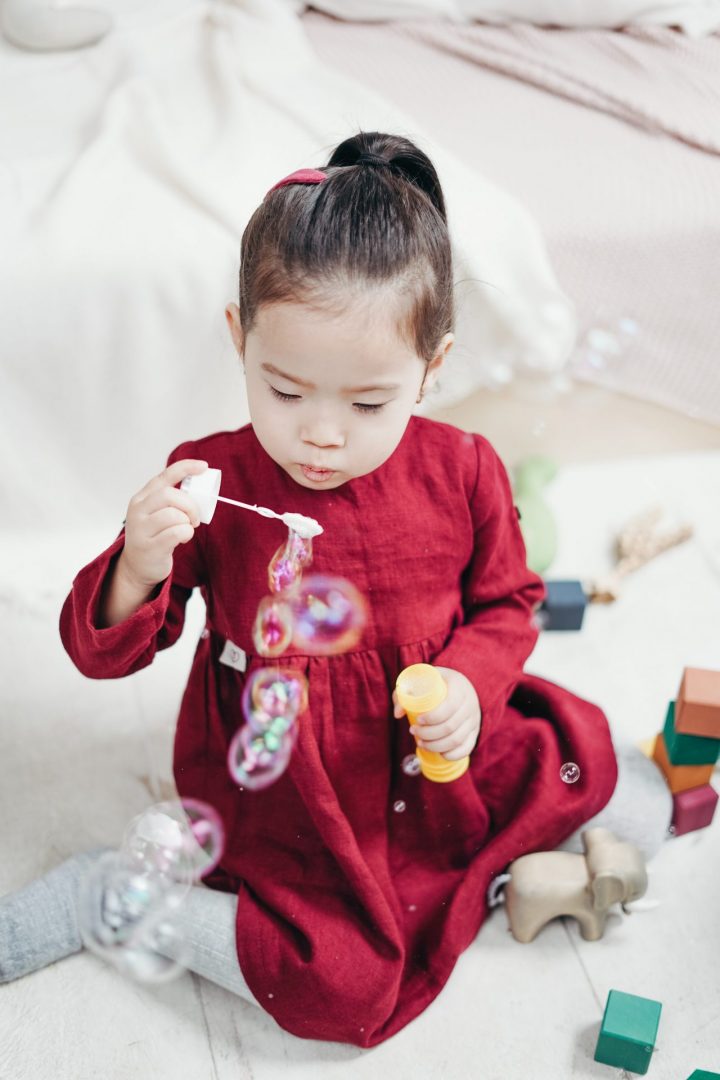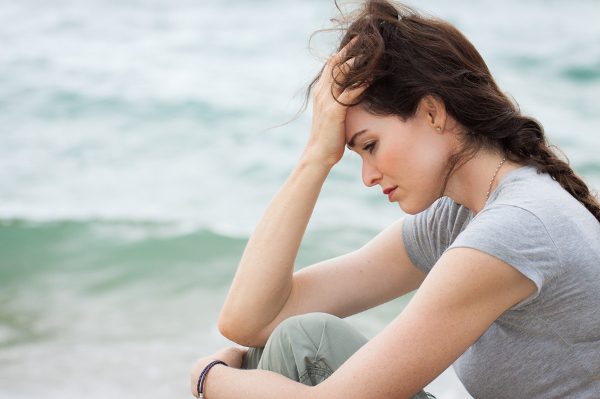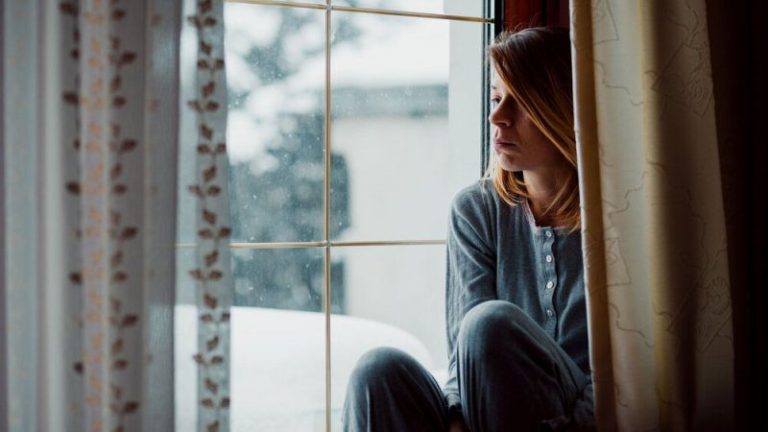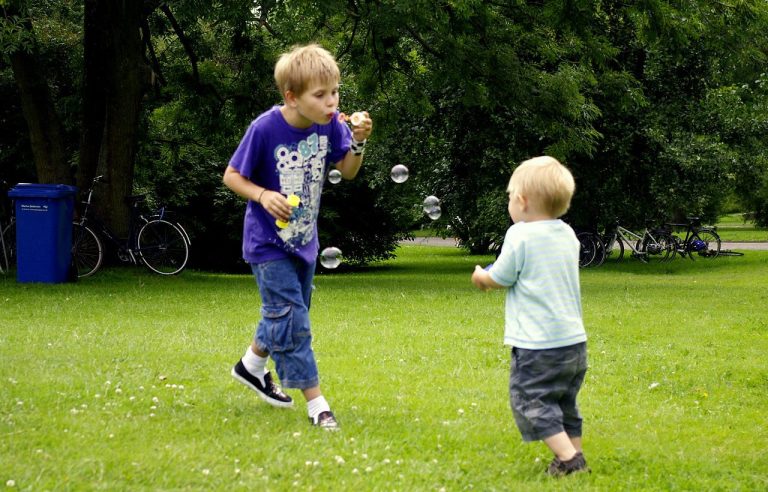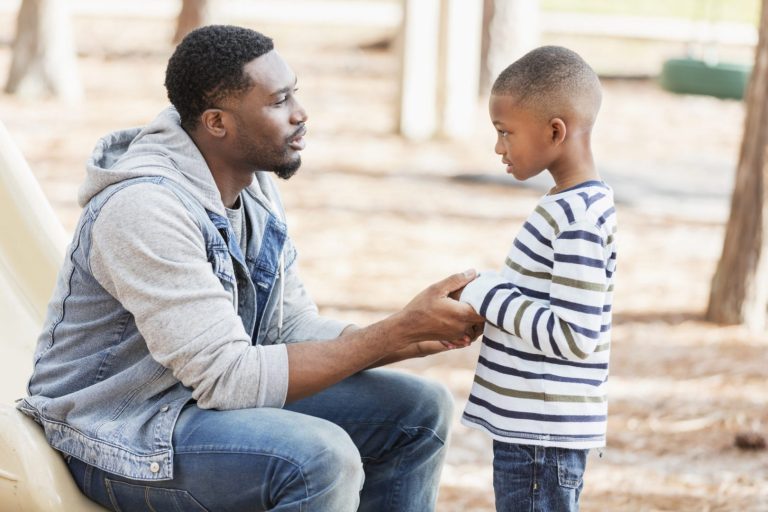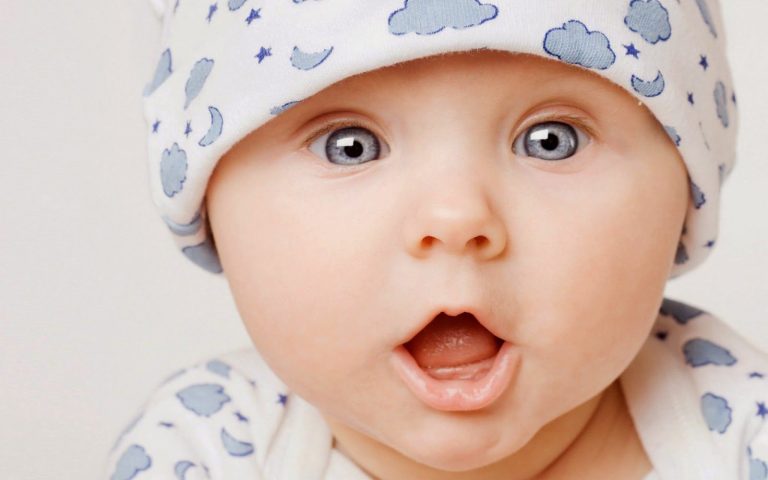The Benefits of Arts and Crafts in Nature for Children
Fun fact: spending time in nature is essential for maintaining emotional, psychological, and physical wellbeing, offering numerous long-term health benefits. Additionally, nature improves cardiovascular health, regulates sleep, lowers blood pressure, reduces chronic disease risks, and strengthens emotional resilience consistently. Moreover, engaging in arts and crafts outdoors provides children with unique opportunities for creativity, mindfulness, and holistic developmental growth.
Enhanced Emotional Wellbeing and Social Skills Through Nature Activities
Engaging in arts and crafts outdoors strongly supports children’s emotional growth and overall social development. Research highlights that such activities effectively reduce stress and promote positive behaviours. Moreover, children immersed in creative tasks within nature enhance resilience while nurturing artistic expression. Additionally, outdoor creativity fosters responsibility, independence, and greater environmental awareness among young learners. Importantly, these experiences allow children to build empathy and stronger interpersonal connections. Furthermore, natural settings encourage confidence, self-expression, and meaningful peer collaboration through creativity. Ultimately, arts in nature nurture conscious individuals prepared for happiness, wellbeing, and future success.
Outdoor Learning for Improved Cognitive and Developmental Skills
According to some research, engaging in arts and crafts within natural environments strengthens brain development, fostering emotional regulation, empathy, imagination, and creativity. Additionally, experimenting with varied materials outdoors supports cognitive growth, encouraging early academic progress and stronger social-emotional skills in children. Moreover, creative outdoor activities stimulate curiosity and enhance children’s ability to solve complex problems effectively. Ultimately, children immersed in artistic experiences outdoors build resilience, improving overall wellbeing and quality of life significantly.
Outdoor Learning: Increased Environmental Awareness and Mental Health Benefits
As a matter of fact, participating in creative outdoor activities raises environmental awareness, reinforces eco-friendly behaviours, and improves children’s mental health significantly. Additionally, direct interaction with nature reduces eco-anxiety, boosts self-esteem, enhances mood, and promotes happiness through meaningful, creative experiences. Moreover, such activities help children build deeper connections with nature and their surrounding local environments. Ultimately, this process fosters responsibility, encouraging children to value environmental preservation and recognise themselves as part of the natural world.
The Mental Health Benefits of Arts and Crafts in Nature
Ultimately, engaging in arts and crafts in nature strengthens children’s mental health while nurturing resilience, creativity, and lifelong wellbeing effectively. Consequently, children learn essential emotional regulation skills through artistic outdoor experiences, supporting peaceful lifestyles and healthier emotional growth overall. Moreover, creating in natural environments builds mindfulness, allowing children to connect deeply with themselves and the surrounding world consistently. Furthermore, outdoor artistic expression enhances social skills by encouraging cooperation, communication, and meaningful peer relationships during shared activities. Additionally, children benefit physically from being outdoors, improving immune systems, motor skills, and overall body strength through active play. Significantly, these combined experiences strengthen children’s bond with nature, fostering responsibility, environmental awareness, and long-term sustainable living values.
Creative Growth Through Arts and Crafts in Nature
During “Psychology in the Garden,” children experience unique benefits from combining arts, crafts, and nature-based outdoor activities. Additionally, creative tasks build resilience, enhance social skills, and foster stronger connections with the natural world around them. Moreover, mindfulness and emotional regulation develop naturally as children gain deeper awareness within supportive outdoor environments. Ultimately, this Saturday programme in Malta and Gozo provides holistic approaches to children’s overall mental and emotional wellbeing.
Final Thoughts on Outdoor Learning
To close off, arts and crafts in nature support children’s holistic development. Additionally, creative outdoor activities nurture emotional resilience and social growth. Moreover, nature-based play strengthens physical health while boosting immunity and motor skills. Furthermore, children develop mindfulness and awareness through engaging with natural environments. Importantly, creative expression outdoors fosters confidence, imagination, and meaningful peer connections. Ultimately, combining arts with nature enhances wellbeing and lifelong appreciation for outdoors.
Written by Eda Balakbabalar
Eda Balakbabalar is a psychology undergraduate at Eötvös Loránd University. She is currently working as an intern at Willingness. She previously completed a bachelor’s degree in English Language Teaching and has interned in the fields of education and sexual and reproductive health. She is also pursuing her studies to become a holistic sex educator and is interested in expanding her knowledge and experience in psycho-sexology.
References
Huotilainen, M., Rankanen, M., Groth, C., Seitamaa-Hakkarainen, P., & Mäkelä, M. (2018). Why our brains love arts and crafts: Implications of creative practices on psychophysical well-being. FormAkademisk, 11(2). https://doi.org/10.7577/formakademisk.1908
Mayar, F. (2022). Developing Children’s Creativity Through the Art of Crafts. Advances in Social Science, Education and Humanities Research. https://doi.org/10.2991/assehr.k.220602.007.
Moula, Z., Palmer, K., & Walshe, N. (2022). A Systematic Review of Arts-Based Interventions Delivered to Children and Young People in Nature or Outdoor Spaces: Impact on Nature Connectedness, Health and Wellbeing. Frontiers in psychology, 13, 858781. https://doi.org/10.3389/fpsyg.2022.858781
Murphy, M. C. (2018). ‘Exploring the “Construction” strand in the Irish Primary School Visual Arts Curriculum through the Forest School approach.’ Journal of Adventure Education and Outdoor Learning, 18(3), 257–274. https://doi.org/10.1080/14729679.2018.1443481
Sobko, T., Liang, S., Cheng, W. H. G., & Tun, H. M. (2020). Impact of outdoor nature-related activities on gut microbiota, fecal serotonin, and perceived stress in preschool children: the Play&Grow randomized controlled trial. Scientific reports, 10(1), 21993. https://doi.org/10.1038/s41598-020-78642-2Walshe, N., Bungay, H., & Dadswell, A. (2023). Sustainable Outdoor Education: Organisations Connecting Children and Young People with Nature through the Arts. Sustainability. https://doi.org/10.3390/su15053941.

